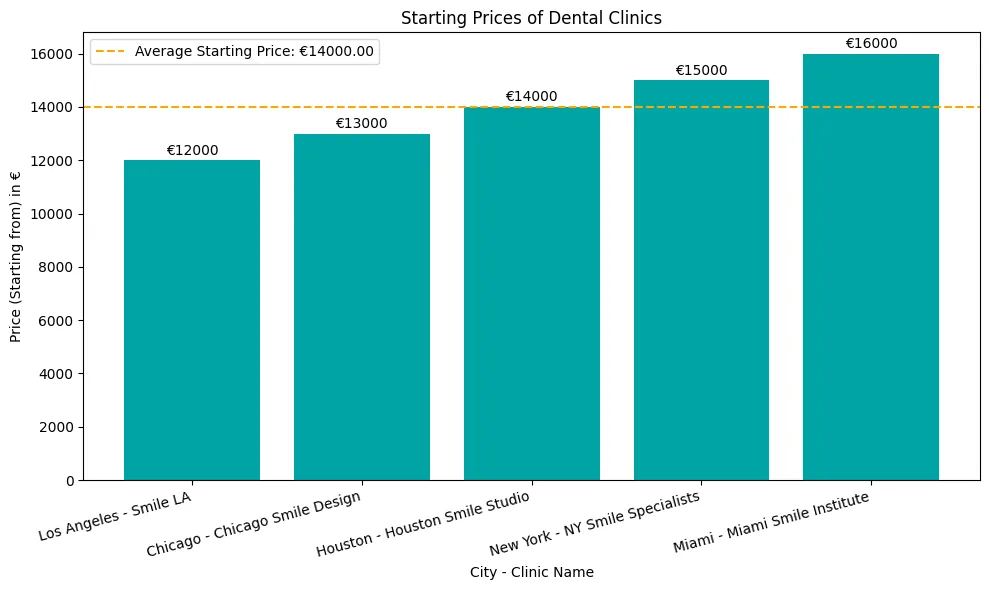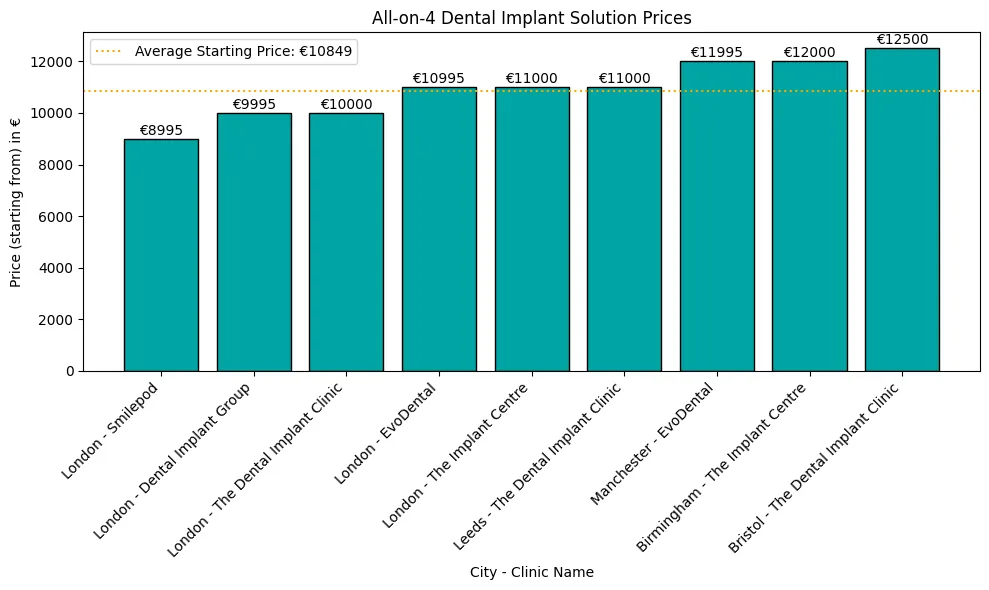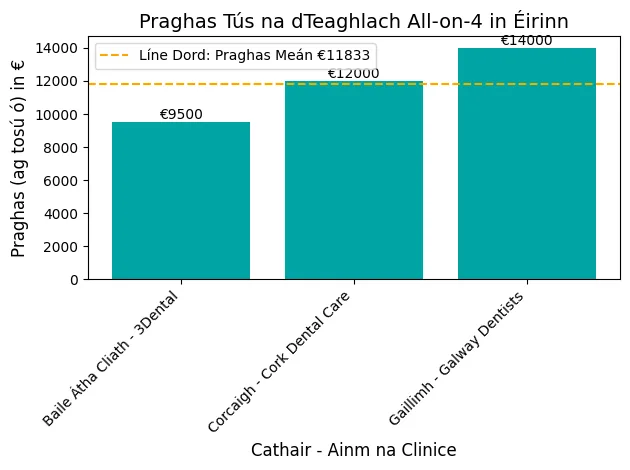Dental Implant types can be overwhelming if you’re looking to replace missing teeth but if you’re confused about the differences between various dental implant types and which one is right for you, you’re not alone.
What are types of dental implant ?
The types of dental implants are endosteal, subperiosteal, and zygomatic. Endosteal implants, the most common, are placed directly into the jawbone. Subperiosteal implants rest on top of the bone under the gum. Zygomatic implants, used when there’s insufficient jawbone, are anchored in the cheekbone. Each type suits different patient needs based on specific dental conditions.
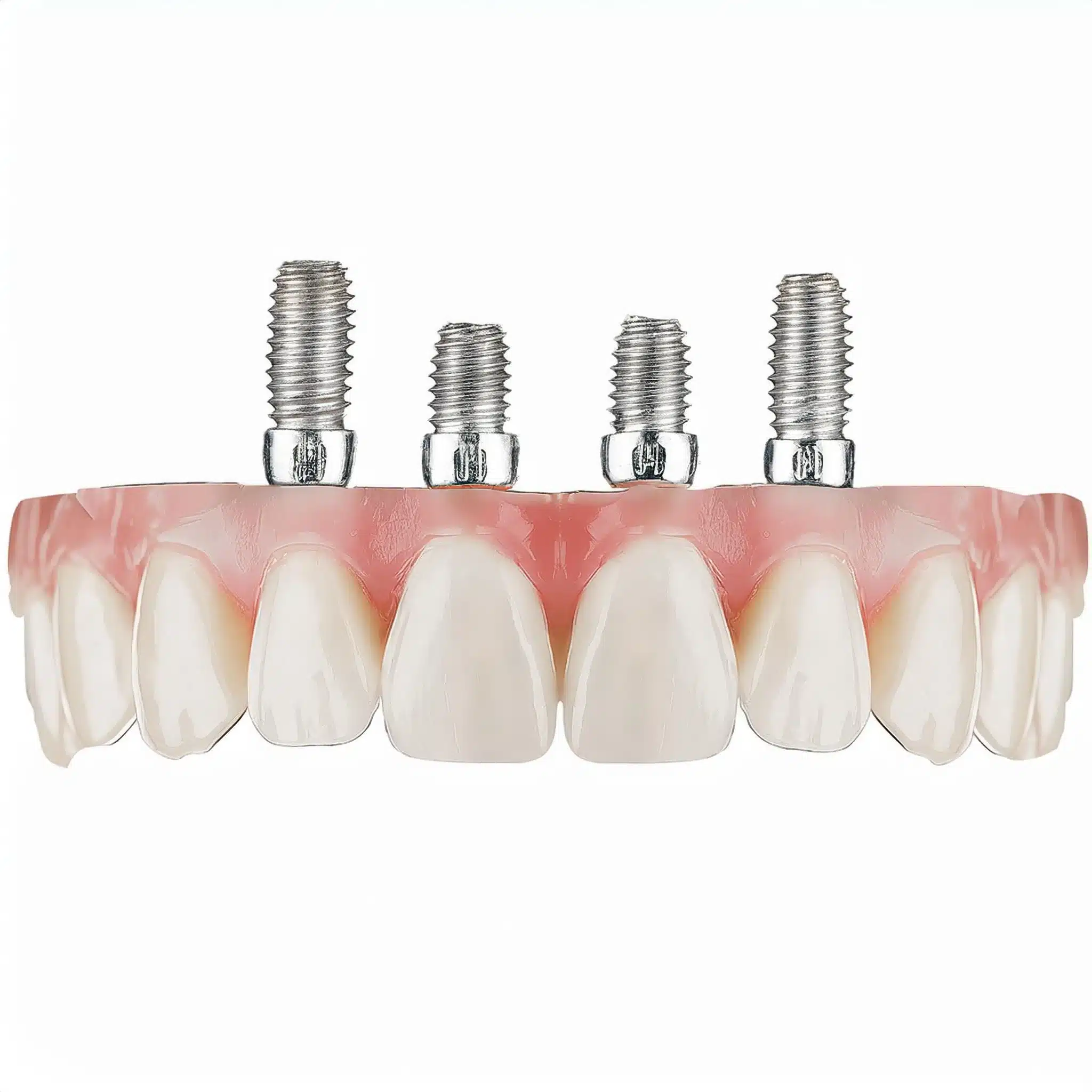
Design of dental implant types
Dental implants come in different designs to suit different patient needs and jawbone conditions.
Knowing these types will help you make informed decisions about your dental care.
Endosteal Dental Implants
-
Definition: Endosteal implants are the most common, small screw-shaped and placed directly into the jawbone.
They are made of titanium and for patients with sufficient jawbone density (1).
-
Procedure: Drilling into the jawbone and placing the implant.
The bone heals around the implant and secures it in place.
-
Benefits: Endosteal implants are known for their durability and natural feel.
Can support one tooth, multiple teeth or full arch of teeth.
Subperiosteal Dental Implants
-
Definition: Subperiosteal implants are placed under the gum but on or above the jawbone.
They are for patients who don’t have enough healthy natural jawbone and can’t or don’t want to undergo bone augmentation (2).
-
Procedure: Placing the implant on the jawbone under the gum tissue.
The gum heals over the implant.
-
Benefits: Subperiosteal implants for those with insufficient jawbone.
Can provide a stable base for dentures or bridges.
Transosteal Dental Implants
-
Definition: Transosteal implants are used in specific cases where the jawbone is too thin.
They are placed through the jawbone and into the gum tissue on the other side.
-
Procedure: drilling through the jawbone to place the implant.
This type is less common and used in specific cases.
-
Benefits: Transosteal implants for patients with very thin jawbones.
Mini Dental Implants
-
Definition: Mini dental implants are smaller and thinner than standard implants.
Used to stabilize lower dentures (3).
-
Procedure: Placing the mini implant through less invasive techniques.
Used in cases where traditional implants are not possible.
-
Benefits: Mini dental implants are less invasive and can provide immediate stability for dentures.

Types of Dental implants with bone loss
Dental implants can be challenging for those with significant bone loss.
But there are specialized implants for this case.
Pterygoid Dental Implants
-
Definition: Pterygoid implants are used when there is bone loss in the upper jaw.
Placed in the pterygoid bone behind the upper jaw (4).
-
Procedure: Placing the implant in the pterygoid bone which provides a stable base for dental restorations.
-
Benefits: Pterygoid implants for patients with severe bone loss to achieve stable and functional dental restorations.
Zygomatic Dental Implants
-
Definition: zygomatic implants are used when bone augmentation is not possible.
Placed in the cheekbone (zygomatic bone) and extends into the jawbone (2).
-
Procedure: Placing the implant in the zygomatic bone which provides a stable base for dental restorations.
-
Benefits: Zygomatic implants for patients with insufficient jawbones for a durable and long-lasting dental restoration.

Dental implant procedure options
Choosing the right dental implant procedure is important for successful results.
There are various options available for different patients and dental conditions.
Full Mouth Dental Implant
-
Definition: Full-mouth dental implants mean replacing a full set of teeth with implants.
This can include All-on-4, where four implants are placed in available bone to support a full arch of teeth (4).
-
Procedure: Placing multiple implants in the jawbone, which then support a full arch of teeth.
-
Benefits: Full-mouth dental implants for patients with extensive tooth loss.
Implant Overdentures
-
Definition: Implant overdentures are dentures supported by implants, more stable than traditional dentures (1).
-
Procedure: Placing implants in the jawbone, which then support the overdenture.
-
Benefits: Implant overdentures for improved chewing function and comfort compared to traditional dentures.
Implant-supported bridges
-
Definition: Implant-supported bridges are for replacing multiple teeth in a row. Consists of crowns that connect to dental implants (2).
-
Procedure: Placing implants in the jawbone, which then support the bridge.
-
Benefits: Implant-supported bridges for durable and aesthetically pleasing multiple tooth replacement.
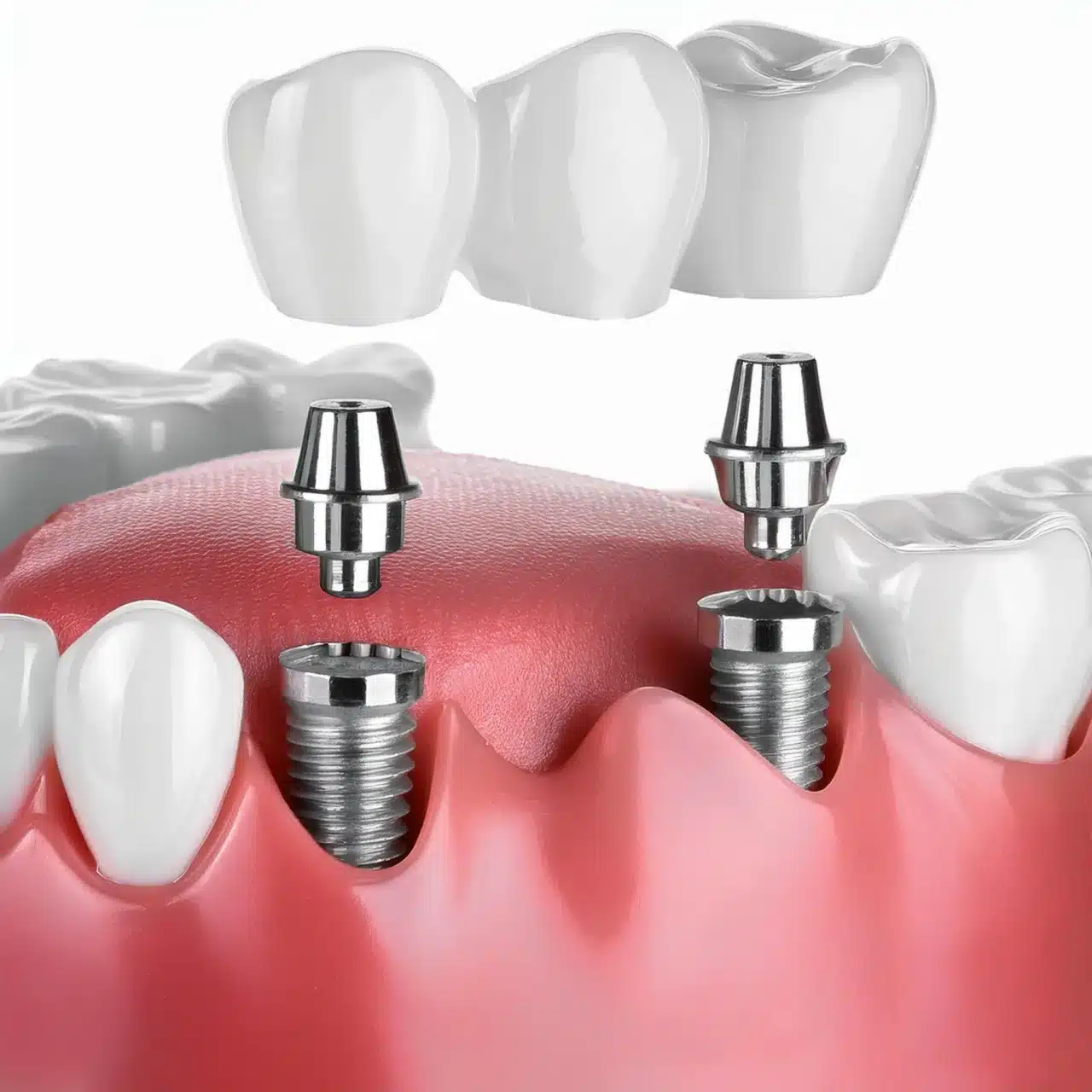
Immediate vs delayed loading dental implants
The timing of loading dental implants is important. Understanding the difference between immediate and delayed loading will help you make informed decisions for your dental care.
Delayed-loading Loading implants
-
Definition: Delayed loading of dental implants means placing the implant and waiting for it to heal before attaching a temporary tooth.
The traditional method is to ensure the implant integrates fully with the bone before loading (3).
-
Procedure: Placing the implant and waiting for several months for the bone to heal around it.
Once healed, a temporary tooth is attached.
-
Benefits: Delayed loading for a more stable and durable result, as the implant has time to fully integrate with the bone.
Immediate-loading Loading implants
-
Definition: Immediate loading dental implants, also known as same-day implants or teeth in a day, means placing a temporary tooth during the same appointment as the implant placement.
Suitable for patients with sufficient jawbone density (4).
-
Procedure: Placing the implant and immediately attaching a temporary tooth.
This can reduce overall treatment time.
-
Benefits: Immediate loading for patients to get functional and aesthetic results sooner.
Single vs multiple vs full arch
Choosing the right dental implant configuration between single vs multiple vs full arch is important for successful and long-lasting results.
There are various options available, each for different patient needs and dental conditions.
Full Mouth Dental Implants
Definition: Full mouth dental implants mean replacing a full set of teeth on top or bottom jaw.This can include All-on-4, where four implants are placed in available bone to support a full arch of teeth (4).
-
Procedure: Placing multiple implants in the jawbone, which then support a full arch of teeth.
-
Benefits: Full-mouth dental implants for patients with extensive tooth loss.
Multiple Tooth Dental Implants
Definition: Multiple tooth dental implants are for replacing several teeth in a row.Consists of crowns that connect to dental implants (2).
-
Procedure: Placing implants in the jawbone, which then support the multiple tooth restoration.
-
Benefits: Multiple tooth dental implants for durable and aesthetically pleasing multiple tooth replacement.

Conclusion & Key – Takeaways
-
Key Takeaways:
-
Types of dental implants are endosteal, subperiosteal, transosteal and mini dental implants, each for different patient needs and jawbone conditions.
-
Understanding the difference is important for informed dental care.
-
Dental implant procedures are full-mouth dental implants, implant overdentures and implant-supported bridges for different missing teeth replacement.
-
Conclusion:
Dental implant types is important for individuals who want to replace missing teeth.
By understanding the different types and procedures, patients can make informed decisions for their dental care.
Consult a dental professional to determine the best treatment for your needs.

Faq
References
- Journal of Oral Implantology
- Reference: Rutkowski JL. Journal of Oral Implantology. JOI. 2023;49(3):[Page numbers].
- Article: Journal of Oral Implantology
- International Journal of Implant Dentistry
- Reference: Various Authors. International Journal of Implant Dentistry. Int J Implant Dent. 2023;9(1):[Page numbers].
- Article: International Journal of Implant Dentistry
- Journal of Dental Implants
- Reference: Kulkarni S. Journal of Dental Implants. J Dent Implant. 2023;13(2):[Page numbers].
- Article: Journal of Dental Implants
- Journal of Osseointegration
- Reference: Various Authors. Journal of Osseointegration. J Osseointegr. 2023;15(2):[Page numbers].
Article: Journal of Osseointegration

